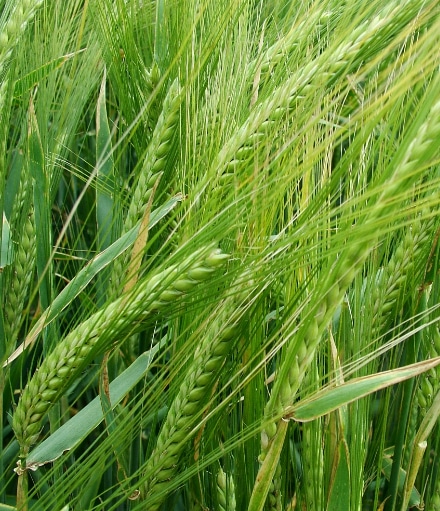Maximising spring crop gross margins – Farmers Guardian
Careful planning, flexibility and mitigating as much risk as possible can help farmers profit when it comes to spring cropping ...
With adverse weather throwing rotations up in the air, Hutchinsons farm business consultant Will Foyle shares his thoughts on mitigating as much risk as possible when it comes to spring cropping to maintain gross margins.
He says: “The last two seasons have shown just how much we can no longer rely on suitable conditions for autumn drilling and, for many growers across the UK, spring crop- ping has become a backstop to ensure there is crop to harvest come the summer.”
To balance out the risk versus the benefit of spring cropping and protect gross margins as much as possible, Mr Foyle suggests working to a planned acreage, but being responsive to the season and being quick to alter this acreage once the spring arrives.
“A level of intentional, planned spring cropping, to which addition- al cropping can be added, has clear benefits rather than a haphazard, last-minute approach,” he says.
“This can be as simple as ensuring all machinery is working and ready to go as soon as conditions allow.”
He uses the example where a level of intentional cropping has clear benefits in terms of access to contracts.
He says: “If contracts are already in place for some crop, then it is easier to build on these if needed, rather than starting to look for con- tracts out of the blue.
Easier
“In a similar way, if already grow- ing sugar beet, then it will be easier to slightly increase quota if re- quired to do so, rather than starting from nothing and fighting every other grower also trying to get their hands on new quota.
“Another advantage would be easy access to home-saved seed from the previous spring.”
Also consider how the crops fit within the farm system, he advises.
“The gross margin is important for business planning, but remain aware that crop values can change quickly, so selecting the best crop for the farm also depends on agronomic and market factors,” he says.
“Spring cropping does not have to be the more obvious ones such as bar- ley or pulses, it can also offer a chance to look at potential opportunities for sugar beet or maize for anaerobic digestion or even let-out potatoes.
“Spring oats performed well last year, are cheap to grow, and have a slightly wider drilling window. “The sustainable farming incentive (SFI) has also opened up some new windows for spring opportunities with lower risk and volatility than traditional spring cropping; many growers are bolting on stewardship or SFI options.
Low-input
“If growing a low-input cereal after a winter cover crop, you are getting £365/hectare before even starting.
“From a gross margin point of view, that brings an element of risk mitigation against a more volatile crop.”
However, he cautions this must be well thought through as it re- quires a three-year commitment so cannot be reduced once agreed, but can be increased.
“In some situations, it is worth looking at a spring crop such as malting barley rather than a second wheat, he continues.
“Looking at the gross margin for a spring malting barley crop in a good year that yields up to 7 tonnes per hectare, it can be as m £900/ha. “In comparison, for a second as wheat yielding 8.5t/ha, the gross margin would be much lower at £700/ha.
“Also in this scenario where autumn drilling is difficult, it would be better to focus on getting the first wheats drilled in good time and accept a spring barley would be a more sensible option, rather than trying to get a second wheat sown at the same time that will potentially struggle and detract from the first wheat focus.”
MORE INFORMATION
The above gross margins are taken from Hutchinsons 2025 Gross Margin guide which can be downloaded for free at: hutchinsons.co.uk/gross- margins-2024
Spring Cropping
| Pros | Cons |
|---|---|
| - Cheaper to grow | - More risky to grow |
| - Help to spread workloads | - Lower yield potential |
| - Provide an opportunity for a cover crop | - Can result in a prolonged or later harvest |
| - Offer much-needed weed control opportunities | - Limited choice of agrochemicals in crops such as spring oats |

